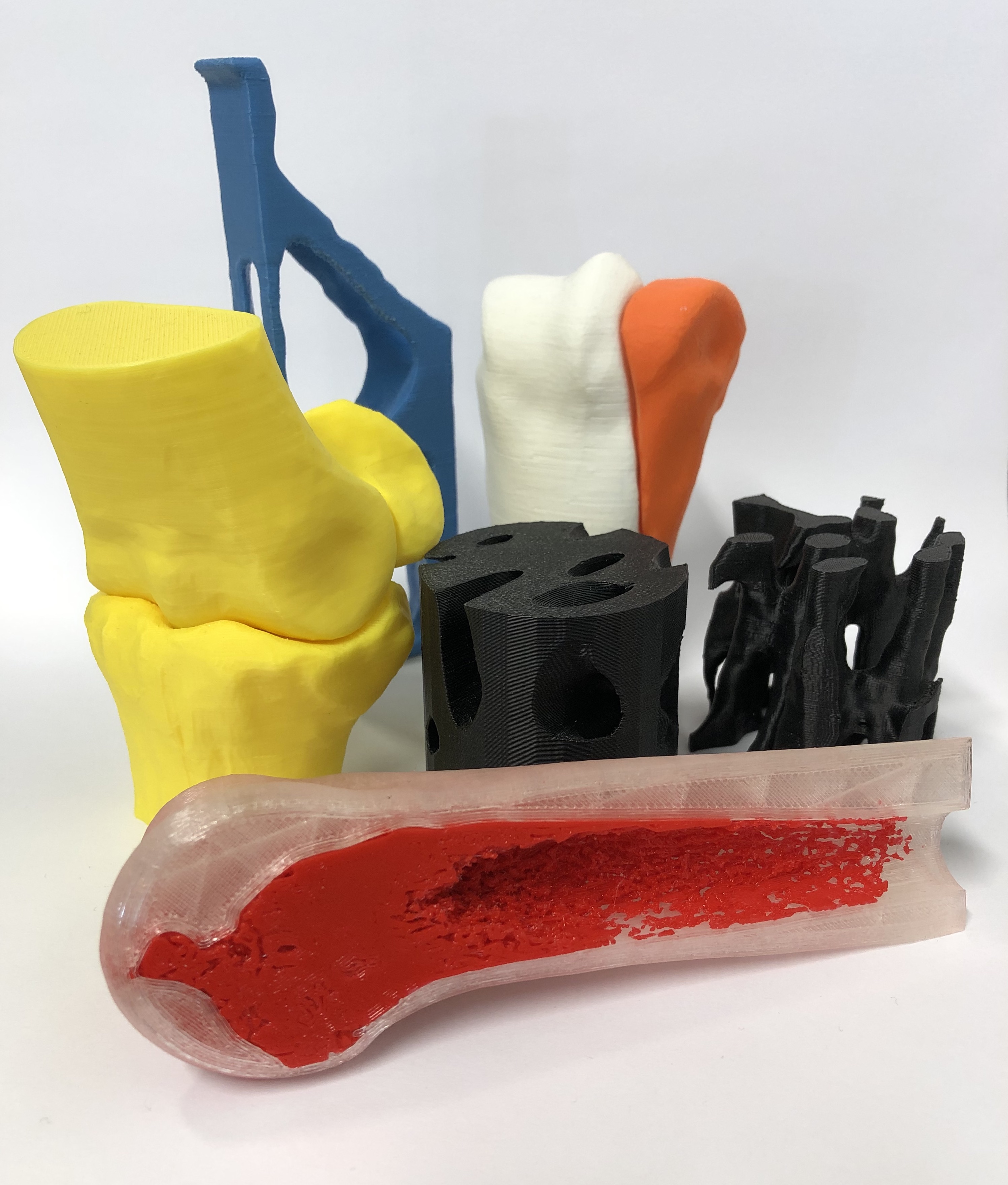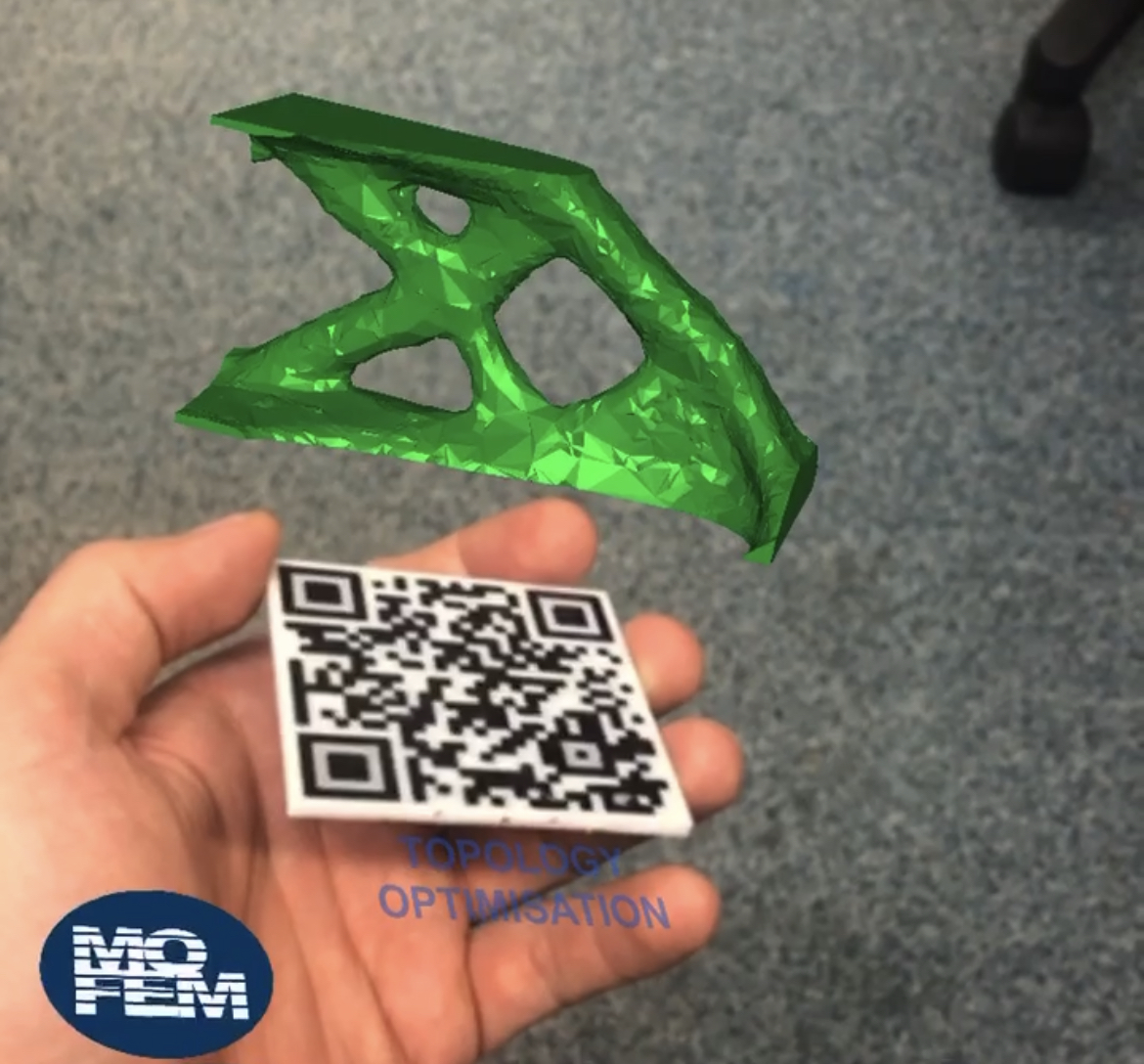VR and AR
Virtual Reality and Augmented Reality developments
Innovations in VR and AR for Research Presentation
Throughout his academic career, Karol practiced the development of Virtual Reality (VR) and Augmented Reality (AR) applications to enhance the presentation of his research. Here are some key highlights:
-
Award-Winning AR Poster Presentation: Karol won the best prize for a poster presentation where he incorporated
AR contentinto his scientific poster. This innovative approach allowed viewers to access augmented reality content on any mobile device by scanning aQR code, a novel concept at the time. -
Utilizing VR Headsets and Unity Game Engine: Employing
VR headsetsfrom Facebook and theUnity Game Engineto create apps for presentingfinite element results. These apps have been used in various settings, including conferences and meetings with industry partners. The visualization of finite element data in VR and AR posed a significant challenge due to the need for highly optimized and processed results.Finite element dataare typically not suitable for straightforward visualization in these mediums. -
Innovative Mesh Processing and Postprocessing: To overcome these challenges, Karol initiated advanced mesh processing routines and developed a method for postprocessing the
outer skin of FEA results. This innovation significantly reduced the amount of data processing required, making it feasible to use these results in mobile devices with restrictive capacities.
This work not only demonstrates MOS’s technical proficiency but also underscores our commitment to enhancing research accessibility and engagement through cutting-edge technologies.
Leveraging CT-Scan Data for 3D-Printed Anatomical Models
Karol’s expertise in segmenting and postprocessing CT-scan data has been effectively utilized in creating 3D-printed anatomical models. This endeavor includes:
-
3D Printing of Anatomical Models: Using advanced data processing skills to transform CT-scan data into accurate 3D-printed models. A notable example is the model of a
horse fetlock joint. -
Enhancing Data Processing Skills: This process allowed to refine and practice data processing abilities, crucial in handling complex anatomical structures.
-
Educational and Visualization Tool: The 3D-printed models serve as valuable educational resources and visualization tools, aiding in the understanding of intricate anatomical details.
This application of technical skills in a practical, educational context demonstrates the versatility and real-world impact of Karol’s work in data processing and 3D modeling.

